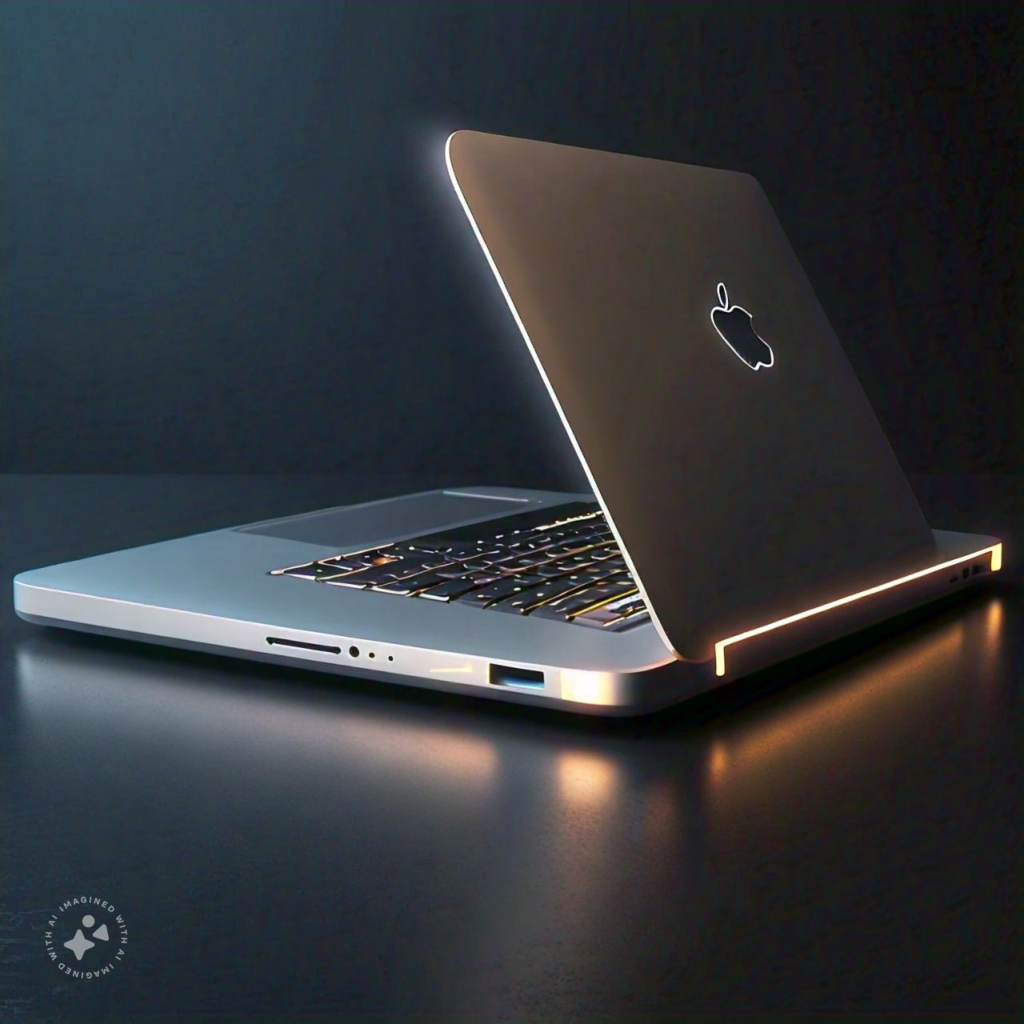
The introduction of Apple’s M2 chip marked a significant evolution in the MacBook Air’s performance, building on the success of the M1 chip while introducing key improvements that take the user experience to the next level. The M2 chip represents Apple’s second-generation custom silicon, designed to deliver better speed, efficiency, and capabilities in a range of applications.
Architecture: Enhanced Efficiency and Performance
The M2 chip is built on an advanced 5-nanometer process, similar to its predecessor, but it features a new architecture that packs in more transistors—20 billion, to be exact. This increase in transistor count allows the M2 to handle more complex tasks while consuming less power, making it an incredibly efficient processor.
The M2 chip features an 8-core CPU, with four high-performance cores and four high-efficiency cores. This hybrid design allows the MacBook Air to balance power and efficiency, ensuring smooth performance whether you’re running lightweight apps or more demanding software. The high-performance cores handle intensive tasks like video editing and gaming, while the high-efficiency cores take care of everyday activities like web browsing and document editing, maximizing battery life.
Graphics: A Boost in Visual Processing
One of the standout features of the M2 chip is its upgraded GPU. The M2 comes with a 10-core GPU, compared to the 8-core GPU found in the M1 chip. This enhancement translates to a noticeable improvement in graphics performance, making the MacBook Air more capable of handling graphically intensive tasks such as 3D rendering, video editing, and gaming.
Apple claims that the M2’s GPU is up to 35% faster than the M1’s, which means smoother gameplay, faster rendering times, and better overall performance in creative applications. This makes the MacBook Air with the M2 chip a more viable option for creative professionals and gamers who need a portable device without sacrificing visual performance.
Unified Memory: More Bandwidth for Multitasking
The M2 chip also introduces an increase in memory bandwidth, offering up to 100GB/s, a 50% improvement over the M1. This boost in memory bandwidth allows the MacBook Air to handle larger datasets and run multiple applications simultaneously without slowing down.
In terms of unified memory, the M2 chip supports configurations of 8GB, 16GB, and now up to 24GB of RAM. This unified memory architecture allows the CPU, GPU, and Neural Engine to share access to the same data pool, resulting in faster and more efficient performance across the board.
Neural Engine: Smarter AI and Machine Learning
The M2 chip features a 16-core Neural Engine, capable of performing up to 15.8 trillion operations per second, a significant improvement over the M1’s 11 trillion. This enhanced Neural Engine accelerates machine learning tasks, making the MacBook Air even more adept at handling AI-driven applications, such as image and voice recognition, natural language processing, and augmented reality.
This improvement is particularly beneficial for developers working with machine learning models, as well as users who rely on AI-powered software for tasks like photo editing, video effects, and real-time data analysis.
Media Engine: Enhanced Video Capabilities
Another significant addition to the M2 chip is the dedicated media engine, which brings hardware-accelerated support for H.264, HEVC, ProRes, and ProRes RAW codecs. This means that video encoding and decoding are faster and more efficient, allowing the MacBook Air to handle high-resolution video editing tasks with ease.
For content creators, this translates to faster export times, smoother playback, and the ability to work with multiple streams of 4K and even 8K video without experiencing lag or slowdowns. The inclusion of the ProRes video engine, previously only found in the MacBook Pro, makes the MacBook Air with the M2 chip an even more attractive option for video professionals.
Battery Life: Power Meets Longevity
Despite the increased performance capabilities, the M2 chip continues to prioritize energy efficiency. The MacBook Air with the M2 chip offers up to 18 hours of battery life, similar to the M1 model, but with the added benefit of more powerful processing. This means users can enjoy extended periods of productivity and entertainment without needing to recharge frequently.
The combination of the M2 chip’s efficiency and the MacBook Air’s lightweight design makes it an ideal companion for those who need a powerful yet portable device for on-the-go use.
Conclusion: The M2 Chip Elevates the MacBook Air Experience
The M2 chip is a significant upgrade that brings enhanced performance, better graphics, and more advanced features to the MacBook Air. Whether you’re a student, a creative professional, or a casual user, the M2 chip ensures that the MacBook Air can handle a wide range of tasks with ease and efficiency.
With its powerful CPU, upgraded GPU, increased memory bandwidth, and advanced Neural Engine, the M2 chip takes the MacBook Air to new heights, making it one of the most versatile and capable laptops in its class. Whether you’re editing videos, developing software, or simply browsing the web, the MacBook Air with the M2 chip delivers a smooth, responsive experience that meets the demands of modern computing.